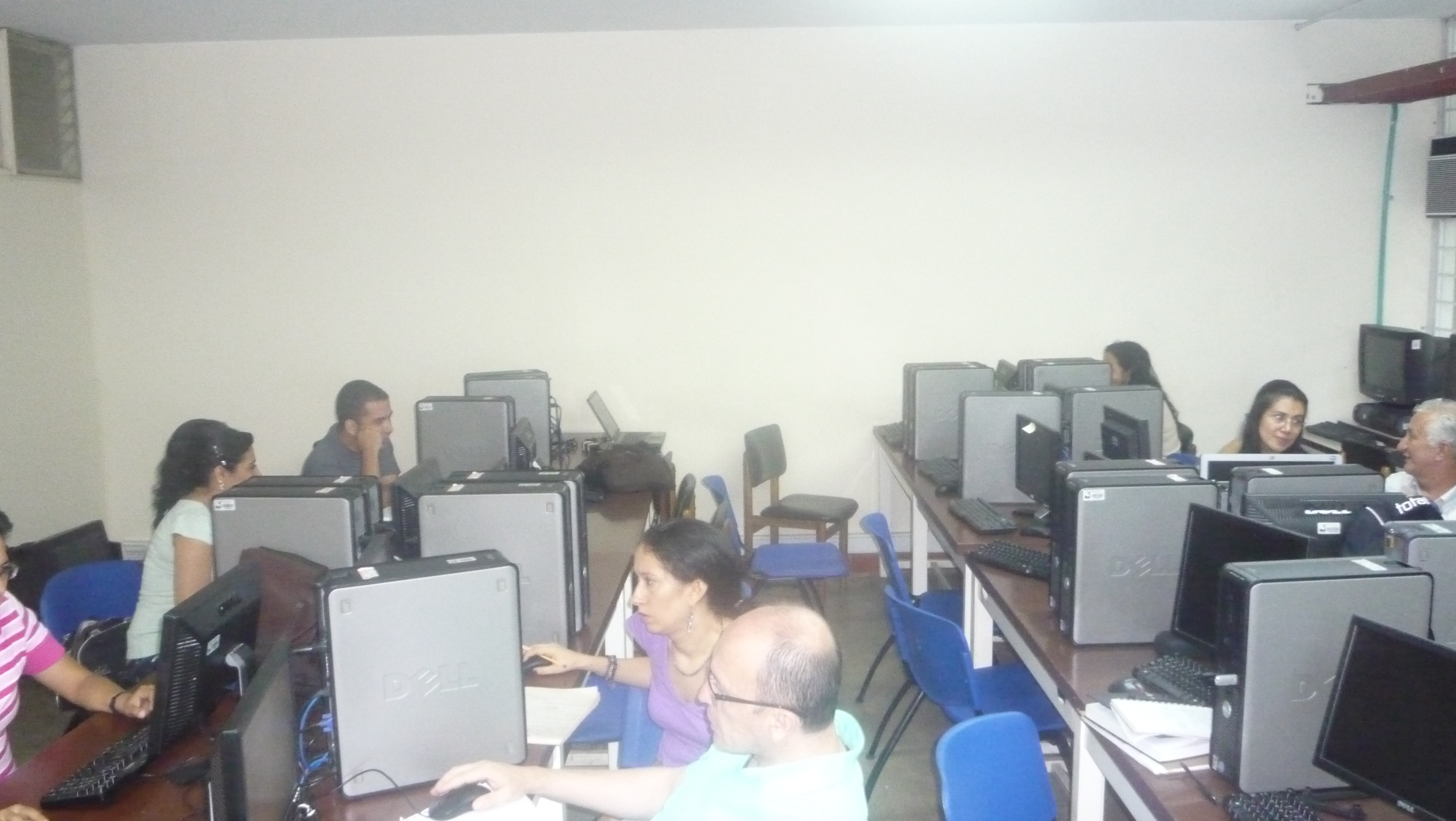
It would be hard for anyone to deny the many ways in which technology has penetrated our society, but according to some, connectedness is more than just a habit or a hobby — it might also be changing the way we think. In the next article, Rachel Higgins looks at these assertions and talks about ways modern education might be able to capitalize. Rachel writes full-time about the intersection of technology and higher learning, and devotes most of her time to providing information regarding accredited virtual schools. Her insights today should be very valuable to readers in the adult education and literacy communities who might be looking for ways to make use of the Internet or other high-tech tools in the course of their work.
The internet has radically changed how students think, research and retain information. Yet, despite the revolutionary shift, many educators have yet to adapt their curriculum to better suit the modern student as the debate over the efficacy of new technological tools is still hotly debated.
In the BBC2 program “The Virtual Revolution,” Professor David Nicholas of the University College of London details his recent study about the way interaction with online media impacts our brains. The study found that the internet encourages users to dart between pages, using what is referred to as “associative” thinking whereas traditional methods of research encourage students to concentrate on one source, like a book, a more “linear” thinking strategy. Researchers assert that the shift to associative thinking has essentially rewired the minds of students, leaving many without the discipline necessary for linear activities such as reading and writing at length.
In the study, 100 volunteers were asked a series of questions on a computer. Of those tested, the 12 to 18 year-olds answered after looking at half the number of web pages and only one-sixth of the time viewing the information as their elders. “There is empirical evidence now that information overload and associative thinking may be reshaping how [young people] think” says social psychologist Dr. Alex Krotoski. “For many, this seems to be a bleak prospect — young people bouncing and flitting between a thoughtless, throwaway virtual world.”
However, many educators assert that these results only enforce the importance of utilizing technology to engage young learners. At the The Atlantic’s 2012 Technology in Education Forum, Paula Kerger, President and CEO of PBS, argued for using technology to educate and engage children in learning.
In 2011, nonprofit CFY conducted an experiment in which home computers and training were provided to every sixth grader, their parents and their teachers in New York’s Bea Fuller Rodgers Middle School. At the school year’s end, the school reported that the percentage of sixth grade students with learning disabilities who met or exceeded standards in math increased by 36%, while the percentage of students who had been below standard decreased from 23% to zero.
Technology has also enabled multimodal teaching and spawned new forms of online research and collaboration. NYU’s tax law program, for instance, classroom courses are filmed with three cameras and a sound mixer, ensuring the course can be made available online in 30 minutes. “Within 24 hours, students interested in reviewing a certain case or topic can click an online index that charts the content of the entire class and [can] view the portion that interests them,” says Tom Delaney, associate dean and CIO of the New York University School of Law. In a survey executed by the Economist Intelligence Unit, 52% of respondents state that online collaboration tools will make the greatest contribution in terms of improving educational quality over the next five years. Respondents also point to increasingly sophisticated learning-management systems and enhanced presentation tools as innovations that will have a profound effect on the learning experience.
Through the use of technology, “teaching will become more outcome-based and student-centered,” says Polley Ann McClure, CIO of Cornell University. McClure suggests that instead of focusing on rote memorization of material, technology can aid students in focusing on the application of knowledge to particular problems.
While developing minds may be the most susceptible to the effects technology, individuals can utilize technology to further their own learning at any age. Online resources from the Adult Literacy and Technology Network or the Educator’s Reference Desk offer GED completion information, literacy testing options and other academic pursuits that anyone with internet access can utilize. The Concord Consortium, a non-profit organization, also develops free open-source technologies in math, science and engineering that teachers, students or interested laymen can use to model complex concepts in a variety of ways.
The global interconnectedness that today’s technology has provided current and future generations is almost assuredly changing the way our minds think that, if harnessed correctly, may provide humans with the the tools needed to solve the world’s problems.

